The Gilded Age

After the tragic Civil War when over 600,000 valiant American soldiers were killed, most of the country enjoyed decades of prosperity. Immigrants from all over Europe flocked to America to work in factories and other industries. Cities grew dramatically. Wealthy patrons demanded genteel pictures to grace their mansions and by the end of the 19th century the Gilded Age emerged as a time of excess and luxury, particularly for several hundred very rich families.
Art academies were founded throughout the nation. They required students to undertake a rigorous curriculum based on the study of the human form. Instructors stressed the importance of accurate drawing and required a complete understanding of anatomy. Exhibitions such as the 1876 Centennial in Philadelphia celebrated the accomplishments of hundreds of well-established artists.
Not content to remain the United States, many aspiring American artists enrolled in the major European art schools, particularly in Paris, then the art capital of the world. Others preferred London and several German art academies attracted particular attention. The custom of the period was to travel and study the great European masters of the past. While some remained in Europe, the majority returned to their homeland more experienced and more sophisticated than ever before. Their experiences were transmitted to following generations of American artists through their instruction at the leading art schools of Boston, New York, Philadelphia, and other major cities.











